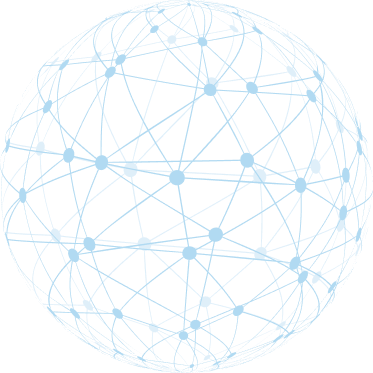The Power of Mental Models: Coaching Clients to See New Possibilities
If you’ve coached long enough, you’ve seen it: a high-performing client, capable and respected, sitting across from you, stuck in a belief they’ve never questioned.
“I’ve always been this way.”
“This is just how I operate.”
“That’s not really in my DNA.”
In many cases, the words come calmly. The client isn’t upset or even aware that they’re limiting themselves. That’s what makes it so powerful, and so difficult to change.
As coaches, one of our most important responsibilities is helping clients surface these internal narratives and examine them for what they are: mental models.
What Are Mental Models?
Mental models are frameworks we use to understand the world. They help us make sense of complexity and navigate decisions. We all have them, about leadership, conflict, success, failure, identity, and change.
Some models are empowering. Others are invisible barriers.
The challenge is that most mental models are unconscious. They’re formed early, shaped by experience, and reinforced through repetition. Over time, they stop feeling like interpretations and start feeling like truth.
This is where transformational coaching begins, not by giving advice, but by helping clients become aware of the models they’ve internalized, and giving them the tools to explore new ones.
Why Mental Models Matter in Coaching
Mental models are not just beliefs. They’re decision-making systems. They shape how a client interprets feedback, leads their team, handles stress, and navigates growth.
A client who believes “I’m not creative” will likely delegate strategy and avoid innovation conversations. A leader who sees vulnerability as weakness won’t build psychological safety on their team, no matter how many trust exercises they complete.
Until the model changes, the behavior rarely does.
That’s why helping clients see—and stretch—their mental models is one of the most impactful things a coach can do.
How to Coach Through Mental Models
The goal isn’t to tell a client their thinking is wrong. It’s to create space for exploration. The following approach can help bring those internal frameworks into the light and open the door to new possibilities.
1. Spot the Language of Limitation
Mental models often surface in the form of assumptions or identity statements:
- “That’s just not who I am.”
- “I always have to be the fixer.”
- “I’m not wired that way.”
- “If I don’t control it, it won’t get done.”
When you hear this kind of language, pause. Reflect it back. Ask where that belief came from. Explore how it’s served them—and whether it still does.
Bringing attention to the model is the first crack in its foundation.
2. Explore Alternative Perspectives
Once the model is on the table, you can begin to introduce contrast. Gently ask questions that widen the lens:
- “Can you think of a time when that belief didn’t hold true?”
- “Who do you admire that leads differently?”
- “What if the opposite were also true?”
You’re not pushing an agenda. You’re holding up a mirror and offering a different angle.
When clients see multiple frames of reference, their thinking becomes more flexible, and so do their actions.
3. Design Thought Experiments, Not Identity Shifts
Mental models are resilient because they’re protective. Trying to overhaul one too quickly can trigger resistance. Instead, invite clients to experiment.
One leader we coached had internalized the belief: “My value comes from solving problems quickly.” We challenged her to pick one meeting where she didn’t offer a solution. Instead, she asked questions and left space for her team to respond.
What she discovered was that the team didn’t just step up—they appreciated the shift. That experiment became the first step in a new leadership model: My value comes from empowering others to solve problems.
Small experiments like this help clients feel safe testing new models before fully adopting them.
The Transformation Lies in Awareness
Ultimately, the coach’s role is to create clarity. We help clients see what they’ve been unconsciously carrying—and decide whether it still fits the version of themselves they’re becoming.
Mental models don’t dissolve overnight. But once a client is aware, they can begin to choose. They can rewrite. Reframe. Rebuild.
That’s the kind of change that sticks, not because we forced it, but because we facilitated it.
Coaching with the Brain in Mind
At Braintrust, we believe that great coaching combines emotional intelligence with neuroscience. Understanding how the brain forms habits of thought allows us to guide clients with more compassion, precision, and effectiveness.
Mental models are not fixed. They’re flexible. And with the right coaching environment, they can become launchpads for growth, confidence, and clarity.
Because sometimes, the biggest breakthrough isn’t about what a client needs to do, it’s about what they finally start to see.





